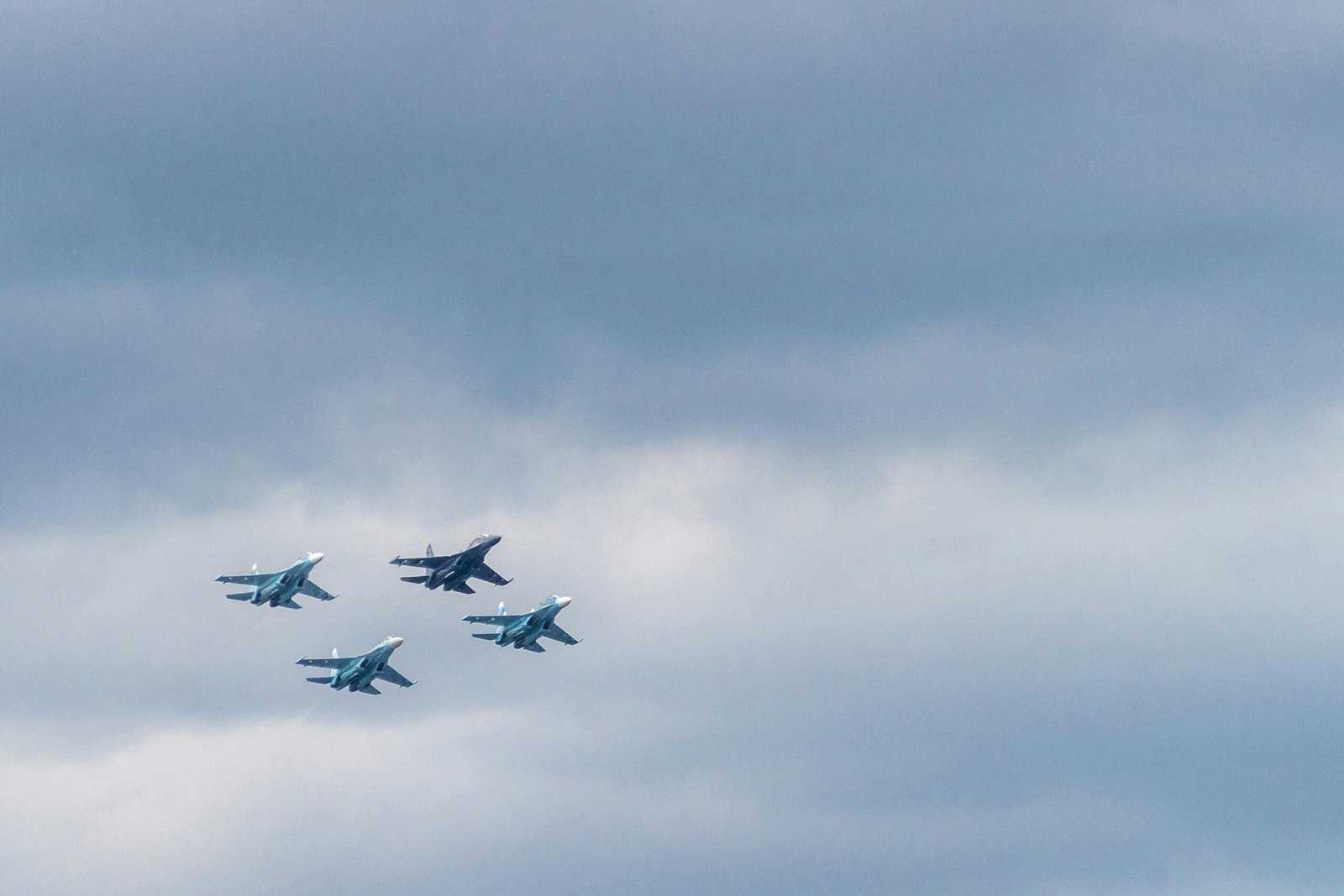Introduction to Treasure NFT App
The Treasure NFT app represents a groundbreaking innovation in the realm of digital assets by leveraging the intriguing concept of Non-Fungible Tokens (NFTs). NFTs are unique digital assets verified using blockchain technology, ensuring their distinctiveness and authenticity. Within the Treasure NFT app, users can easily create, buy, sell, and manage these digital collectibles, unlocking new avenues for online earning.
One of the app’s standout features is its user-friendly interface, which caters to both novices and seasoned digital asset traders. The technology behind the Treasure NFT app is rooted in blockchain, providing a secure and transparent platform for transactions. This transparency ensures that each NFT is indeed unique and cannot be replicated, making the ownership of digital items verifiable and trustworthy.
The rise of NFTs has been one of the significant trends in the digital economy recently. From digital art and music to virtual real estate and gaming assets, NFTs have opened up new possibilities for creators and buyers alike, marking a significant shift in how we perceive ownership in the digital age. The Treasure NFT app capitalizes on this trend by offering a versatile platform that supports various types of NFTs, thus catering to multiple interests and industries.
Furthermore, the app offers bilingual support, accommodating users in both English and Urdu. This feature broadens its accessibility, allowing a more extensive audience to participate in the NFT marketplace. For many Urdu-speaking users, this opens up a wealth of opportunities in the burgeoning world of NFTs that were previously inaccessible due to language barriers.
In summary, the Treasure NFT app is a potent tool in the digital economy, offering secure, accessible, and versatile features that cater to a diverse user base. With the support for both English and Urdu, it democratizes the NFT space, enabling more people to explore the economic potential of digital assets.
How to Get Started with Treasure NFT App
Embarking on your journey with the Treasure NFT App is a straightforward process, designed to be user-friendly for both newcomers and seasoned digital enthusiasts alike. Below is a comprehensive guide to help you get started efficiently.
Step 1: Account Creation
To begin, download the Treasure NFT App from your device’s app store. Upon launching the application, you will be prompted to create an account. Input your email address, choose a strong password, and complete the necessary fields. An email will be sent to you for verification purposes. Click on the link provided in the email to verify your account.
Step 2: Verification Process
Once verified, the app may require you to verify your identity for added security. This process typically involves submitting a government-issued ID and a selfie for facial recognition. Follow the on-screen instructions carefully and ensure that all pictures are clear to avoid any delays in verification.
Step 3: Setting Up a Digital Wallet
The next crucial step is setting up a digital wallet to store your NFTs and conduct transactions. The Treasure NFT App integrates with several popular digital wallets. Choose your preferred wallet, and through the app’s guided prompts, create or link your wallet to your account. Ensure that you securely back up your wallet’s recovery phrase in a safe location.
Step 4: Navigating the App Interface
Upon successful account and wallet setup, take some time to familiarize yourself with the Treasure NFT App’s interface. The home screen provides a comprehensive overview of available NFTs, categorized under various genres and trends. The navigation bar at the bottom offers quick access to the marketplace, your collection, wallet, and account settings.
Step 5: Exploring Available NFTs
You can explore available NFTs by browsing through different categories or using the search function for specific items. Each NFT listing includes detailed information about its creator, the rarity, purchase history, and price. Clicking on an NFT will provide a more comprehensive description and the option to purchase, bid, or place it on your watchlist.
Step 6: Understanding Marketplace Dynamics
Understanding how the marketplace operates is key to making informed decisions. The Treasure NFT marketplace functions similarly to conventional online marketplaces. NFTs may be bought directly at a listed price or won through auctions. Pay careful attention to the auction’s end time and bid history to enhance your chances of securing desired NFTs at competitive rates.
By following these steps meticulously, you will seamlessly integrate into the Treasure NFT ecosystem, ready to explore, trade, and potentially earn from this burgeoning digital landscape.
Strategies for Maximizing Earnings
Maximizing earnings on the Treasure NFT app requires a blend of strategic decisions and market insights. A key strategy is to optimize buying and selling activities. Users should invest time in researching valuable NFTs before making a purchase. Identifying NFTs with unique attributes or those created by renowned artists often provides higher returns. Additionally, timing plays a crucial role; buying NFTs during low-demand periods and selling them during high-demand windows can significantly improve profitability.
Participating in auctions is another efficient way to enhance earnings. Auctions can sometimes offer hidden gems at undervalued prices. However, it’s essential to set a maximum bid based on thorough market analysis to avoid overpaying. Proactively monitoring auction trends and end times can also give users a competitive advantage.
Understanding market trends is indispensable for anyone aiming to excel in the Treasure NFT ecosystem. Regularly monitoring how different categories of NFTs perform can provide insights into which segments are growing or experiencing increased demand. Leveraging these trends allows users to pivot their strategies in alignment with market movements, thereby maximizing their earnings potential.
The community features within the Treasure NFT app can also be leveraged to boost visibility and demand. Engaging actively in forums, following influential users, and participating in collaborative projects can expand one’s network and open up new opportunities. Promoting NFTs through social media channels or within the app’s community can drive more attention and, inherently, more sales.
Avoiding common pitfalls is crucial for sustained success. One major risk is the temptation to buy into market hype without proper research. Such decisions often result in purchasing overvalued NFTs, leading to potential losses. Additionally, over-diversifying without fully understanding each asset can dilute potential gains. Staying informed, disciplined, and strategically focused aids in mitigating these risks.
Success Stories and Testimonials
When examining the tangible benefits of the Treasure NFT app, user experiences provide invaluable insights. The platform has enabled many individuals to transform their financial status, leveraging the innovative potential of NFTs. Below, we spotlight some success stories and testimonials to illustrate the diverse pathways to success facilitated by the app.
One standout example is that of Sarah Ahmed, an artist from Lahore, who shared her journey in Urdu. “میرے لئے، Treasure NFT کا استعمال میری تخلیقیت اور مالی آزادی کے ملاپ کا ذریعہ بن گیا ہے۔ جہاں میں نے اپنے فنون کو NFT میں تبدیل کیا اور عالمی مارکیٹ تک رسائی حاصل کی، وہاں میری آمدنی میں بھی بے پناہ اضافہ ہوا۔” Sarah’s story is a testament to the app’s capability to monetize creativity, offering unprecedented access to global markets for artists who may not have had such opportunities otherwise.
In addition to artists, educators are also discovering the app’s lucrative prospects. John Thompson, a teacher from London, highlighted his experience in English, saying, “Utilizing the Treasure NFT app, I was able to diversify my income streams. By converting educational content into NFTs, I attracted a wider audience and significantly boosted my earnings. The app’s user-friendly interface made the transition seamless, turning my supplementary income into a substantial revenue source.”
Similarly, tech enthusiasts like Adeel Khan from Karachi have tapped into the growing NFT space. “جب میں نے Treasure NFT کا استعمال شروع کیا، مجھے نہیں معلوم تھا کہ کیسے کام کروں گا، لیکن ایپ کے کافی وسائل اور مدد نے میری بہت مدد کی۔ چند ماہ میں، میرے پاس ایک کامیاب NFT کلیکشن ہے جو مجھے مستقل آمدنی فراہم کرتا ہے۔” Adeel’s journey from newcomer to a seasoned creator underscores the app’s role in empowering users regardless of their initial expertise level.
These testimonials reflect not just financial gains but also personal growth and development. The Treasure NFT app stands as a versatile platform fostering diverse talents and professions, enabling users to unlock new avenues of online earning. For those contemplating the leap into the NFT world, these stories are clear, encouraging examples of what is possible with the right tools and dedication.














